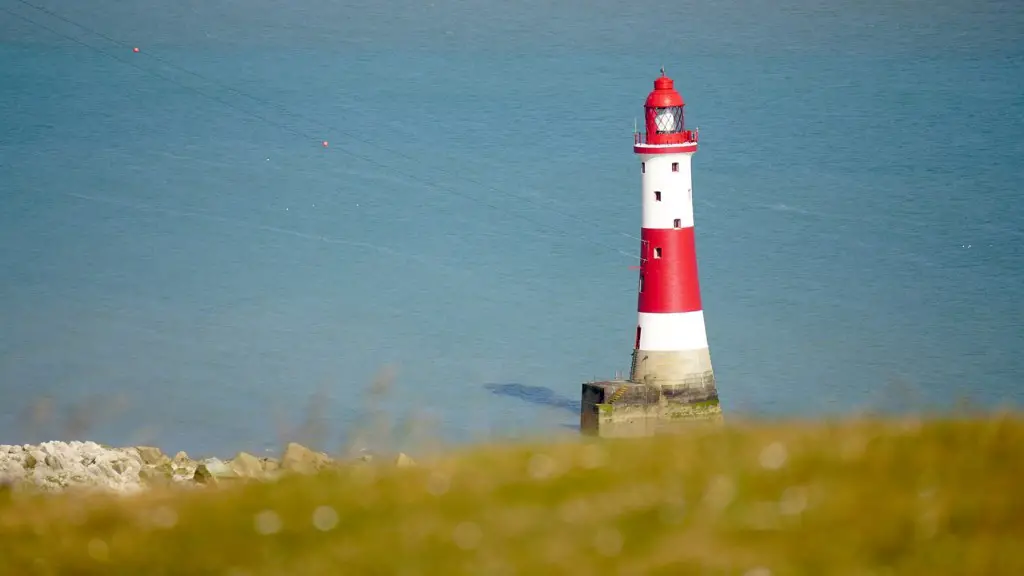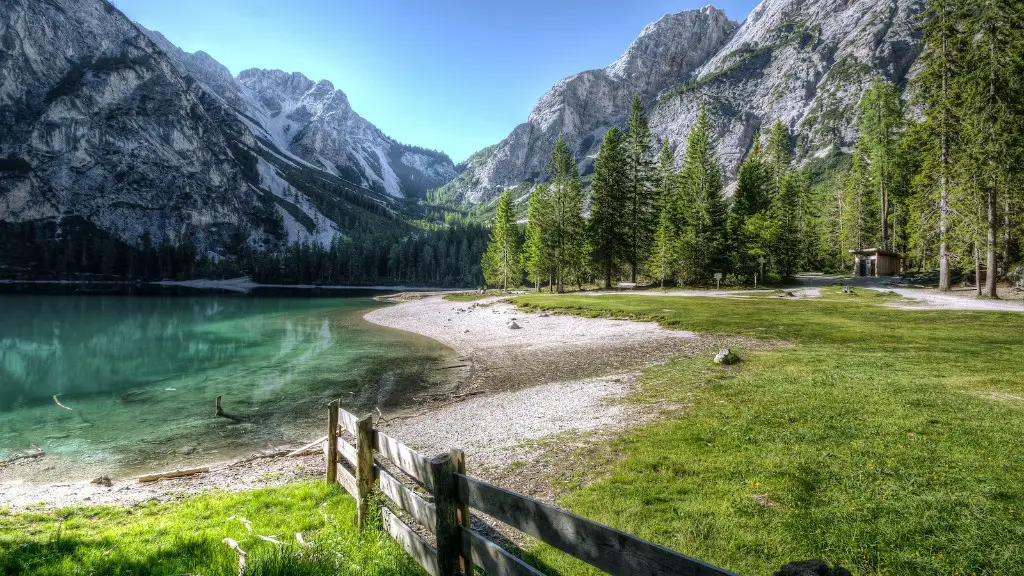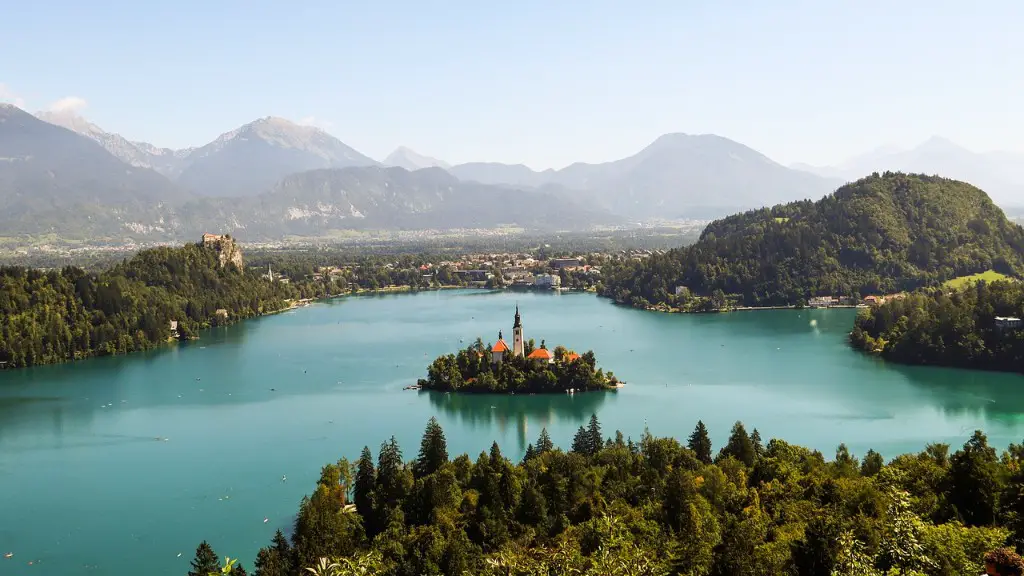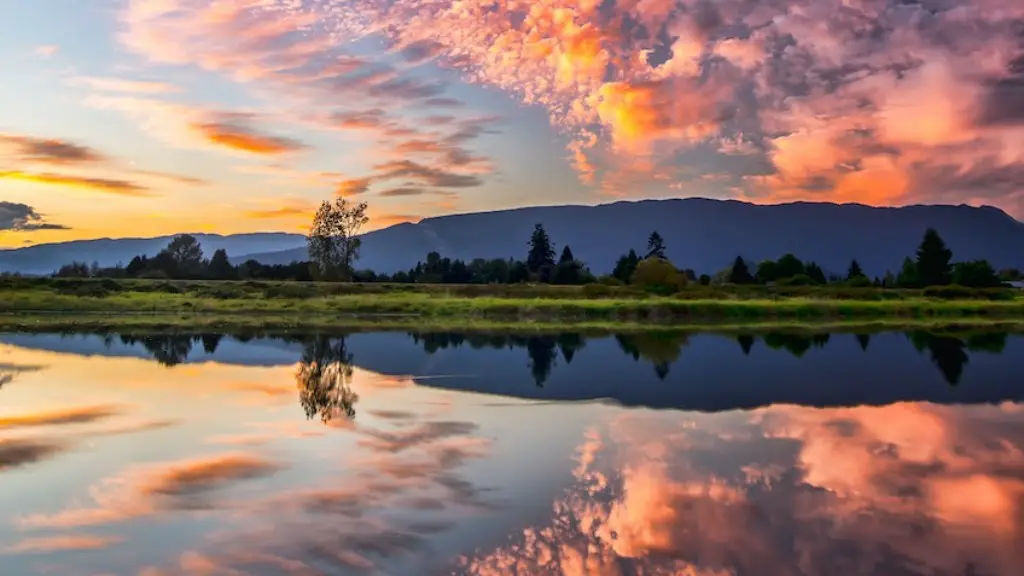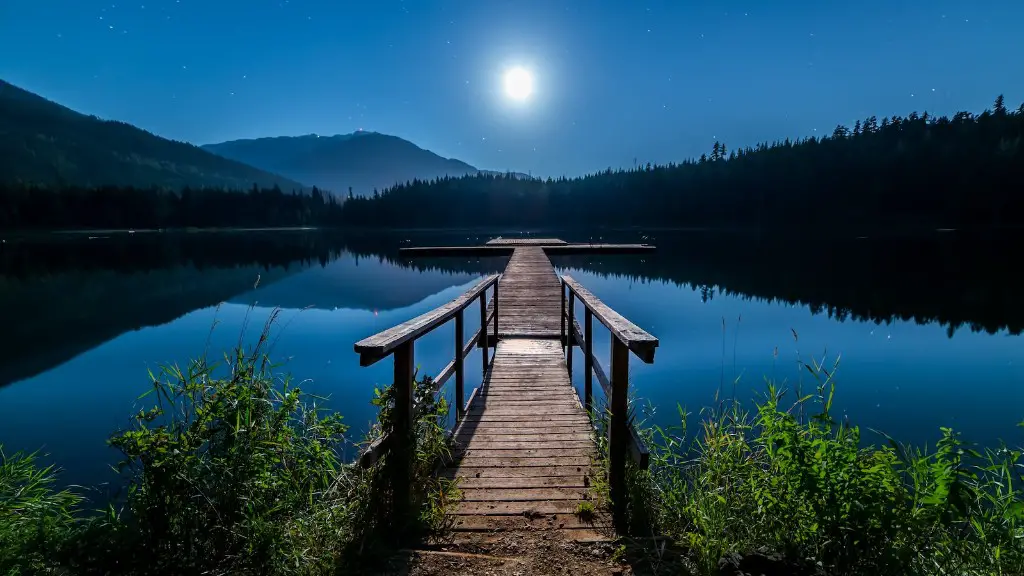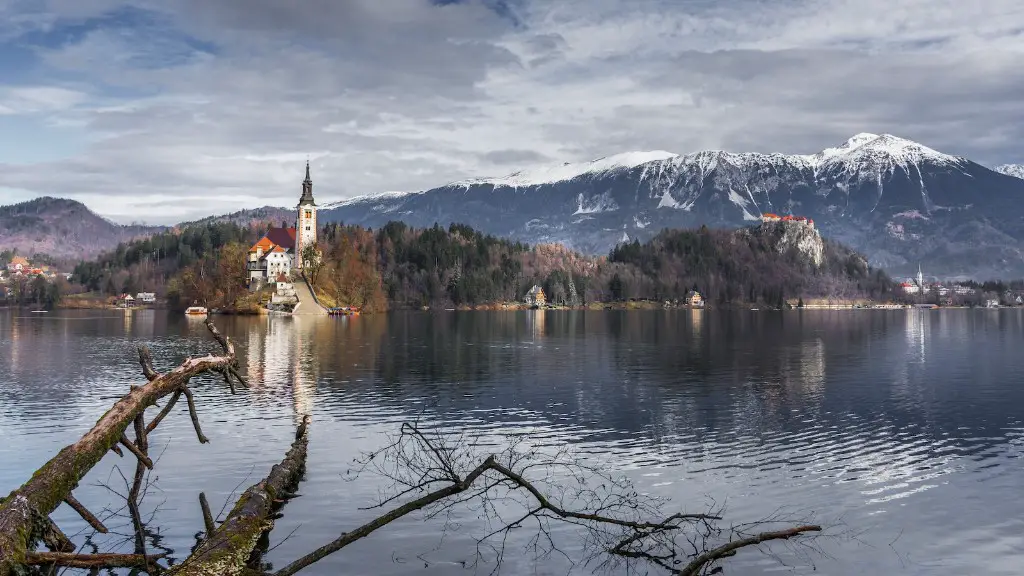Crater Lake is a water body that forms when a volcano erupts and the magma from the eruption forms a crater. Over time, the crater fills with water from rain and snowmelt and becomes a lake. Crater Lake is the deepest lake in the United States and is known for its brilliant blue color.
Crater Lake is a body of water located in the state of Oregon in the western United States. The lake is situated in the caldera of Mount Mazama, a dormant volcano that last erupted over 7,000 years ago. The lake is the deepest in the United States and is noted for its stunning blue color.
How did Crater Lake get filled with water?
The water of Crater Lake is derived from rainfall and snowfall. The lake has no inlet and no outlet, except by seepage. Evaporation, seepage, and precipitation are in a state of balance which maintain an approximately constant water level.
Crater lakes are volcanic lakes found in craters and calderas. Crater lakes usually form through the accumulation of rain, snow and ice melt, and groundwater in volcanic craters. Crater lakes can contain fresh water or be warm and highly acidic from hydrothermal fluids.
Can you swim in Crater Lake
Yes, you can swim in Crater Lake National Park, but there is only one safe and legal place to do so, and that is at Cleetwood Cove Trail. The trail usually opens mid to late June.
Before Crater Lake came into existence, there was a cluster of volcanoes called Mount Mazama. This cluster was destroyed during an enormous explosive eruption 7,700 years ago.
What lives in the bottom of Crater Lake?
Colonies of moss and bacteria have been discovered at the bottom of Crater Lake. This discovery perplexes researchers because almost no nutrients are at the bottom of this nearly 2,000-foot lake, yet these organisms are thriving. One possible explanation is that the colonies are getting nutrients from the decomposing bodies of animals that have fallen into the lake.
The long history of volcanism at Mount Mazama suggests that this volcanic center will be active in the future. Future eruptions will likely occur within the caldera and probably beneath the water’s surface. These eruptions could pose a threat to nearby communities and infrastructure. It is important to monitor the mountain closely for any signs of activity.
What is floating in Crater Lake?
The Old Man of the Lake is a sight to behold! This ancient hemlock tree has been floating upright for over 100 years and is a beloved fixture in Crater Lake National Park. Visitors have been marveling at this natural wonder for generations and it remains one of the most popular attractions in the park today.
The eruption of Mount Mazama was one of the largest eruptions in recorded history. The resulting caldera is extremely deep, dwarfing even the largest of today’s volcanoes. The eruption was so large that it had a significant impact on global climate, cooling the Earth for several years afterwards.
Why is there no swimming in Crater Lake
Crater Lake is one of the snowiest places in America, getting an average of 43 feet of snow per year. This means that there are only a few months when people can swim in the lake. Usually, visitors can swim from June to September.
The park’s water claim for the lake is for the preservation and protection of all natural habitats and the conservation of scenery. It is not for human consumption. Consuming Crater Lake water would conflict with the park’s mission to preserve the lake.
Are there any fish in Crater Lake?
In the late 1800s and early 1900s, fish stocking was a popular way to increase the fish population in a body of water. Seven different species of fish were introduced to Lake Elsinore in California between 1888 and 1941. Of those seven species, only two – kokanee salmon and rainbow trout – are still found in the lake today. It is estimated that the lake now supports a population of around 60,000 kokanee salmon and rainbow trout. While fish stocking is no longer as popular as it once was, it has contributed to the diversity of fish species found in Lake Elsinore.
The Common Garter Snake is found in a variety of habitats, including the caldera of Crater Lake. This snake is black in color, which may be a result of evolution to help it blend in with the black volcanic rocks in its habitat. The Common Garter Snake grows to 3 feet in length.
Is there a volcano under Crater Lake
Mount Mazama is a 12,000-foot-tall volcano that erupted and collapsed approximately 7,700 years ago, forming Crater Lake.
Crater Lake is an amazingly deep and voluminous lake, but it is relatively small in terms of surface area. It requires a very cold winter to freeze the top of the lake, and this has not happened since 1949.
When was the last time Crater Lake exploded?
Crater Lake is a caldera lake located in the southern Oregon Cascades, USA. It is the deepest lake in the United States, with a depth of 594 m (1,949 ft). The lake is fed solely by rainfall and snowmelt, with no inflows or outflows. The last known eruption at Crater Lake occurred when a small lava dome erupted underwater on the east flank of the base of Wizard Island about 4,800 years ago. Since that time, the volcano has remained quiet, allowing as much as 30 m (100 ft) of sediment to accumulate on the lake bottom. The lack of any significant inflows or outflows means that the water in Crater Lake is some of the clearest and most pristine in the world.
Crater Lake is a potentially hazardous area due to the presence of volcanoes. There are two main types of hazards: 1) eruptions within the caldera, and 2) eruptions from new vents on the flanks or in the surrounding region. Crater Lake itself will play an important role in determining the hazardous potential of any future eruptions. It is important to be aware of these hazards and to take steps to protect yourself and your property if you live or travel in the area.
Warp Up
Crater Lake is a lake located in Oregon, United States. It is the deepest lake in the country, and is famous for its clear blue waters. The lake was formed about 7,000 years ago when a volcanic eruption caused the collapse of a mountain.
Crater Lake is a beautiful blue lake located in the state of Oregon. It is the deepest lake in the United States and is formed in the crater of a volcano. It is a popular destination for tourists and is a great place to enjoy nature.
